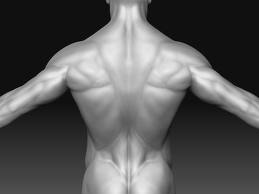What causes a trigger point to form?
The list can include physical trauma, poor posture or movement mechanics, over training, inadequate rest between training sessions.
According to many therapists, trigger points in the fascia can restrict or alter the motion about a joint resulting in a change of normal neural feedback to the central nervous system. Eventually, the neuromuscular system becomes less efficient, leading to premature fatigue, chronic pain and injury and less efficient motor skill performance. Trigger points can also be accompanied by inflammation and if they remain long enough, what was once healthy fascia is replaced with inelastic scar tissue.
Self myofascial release is a relatively simple technique that athletes can use to alleviate trigger points. Studies have shown myofascial release to be an effective treatment modality for myofascial pain syndrome, although most studies have focused on therapist-based rather than self-based treatment. Self myofascial release exercises can help if you are in a pinch or if you are on the road and unable to see a therapist.
General guidelines:
1. Spend 1-2 minutes per technique/position on each side.
2. When a trigger point is found (painful area) hold for 30-45 seconds.
3. Keep the abdominal muscles tight which provides stability to the pelvic-hip area during rolling.
4. Remember to breathe slowly as this will help to reduce any tense reflexes caused by discomfort.
5. Complete the self myofascial release exercises 1-2 x daily.


